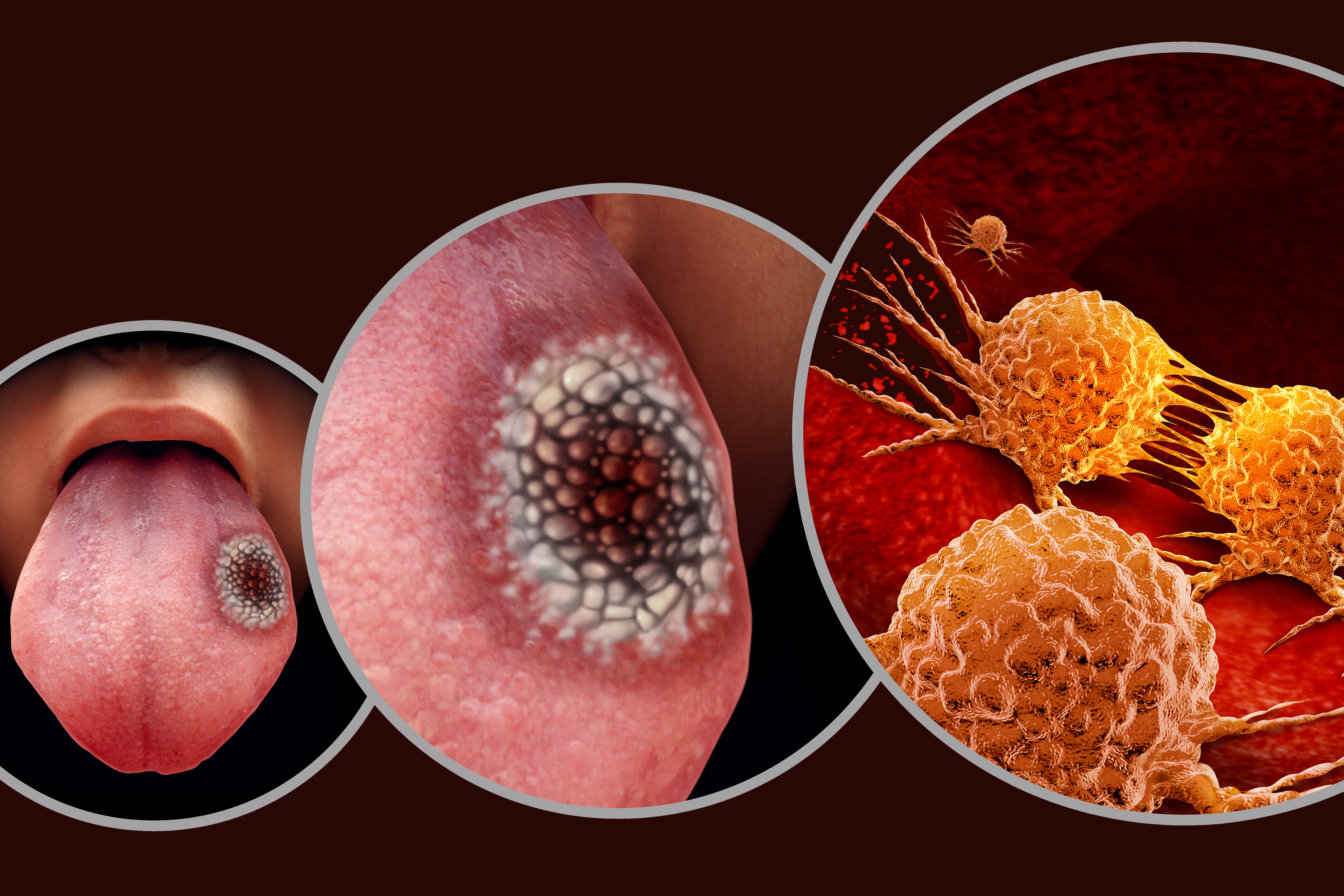Types of Oral Cancer: All You Need to Know
A fatal illness, oral cancer, affects millions of individuals globally. Unhealthy habits like smoking and chewing tobacco accentuate this type of cancer. This form of cancer develops in the lips, tongue, cheeks, floor of the mouth, and roof of the mouth, among other areas in the oral cavity.
Understanding the subtle differences between each type of oral cancer can help us better prepare ourselves with the knowledge necessary to effectively diagnose, prevent, and treat this condition.
Oral cancer comes in various forms, each with its specific traits and possibilities for therapy. While some forms of oral cancer may be less severe but still need early medical attention, others may be more aggressive and more likely to spread to other body areas.
Awareness of the many types of mouth cancer is essential to spot potential signs, seek treatment, and enhance patient outcomes. The causes, symptoms, and available treatments for the many forms of oral cancer are examined in this article. It explores the variations among the subtypes of oral cancer, such as lymphoma, squamous cell carcinoma, and salivary gland cancer.
Squamous Cell Carcinoma
Squamous cell carcinoma is frequently seen affecting people. Around 90% of all Oral cancers are of this type. This cancer generally manifests in the thin, flat cells covering the mouth's gums, tongue, cheeks, and the inside surface. Other body parts, such as the throat and oesophagus, can also develop squamous cell carcinoma.
Tobacco and excessive alcohol use are the primary reasons for developing this oral cancer. Additional risk factors or reasons include poor oral hygiene, a compromised immune system, and a family history of oral cancer.
Squamous cell carcinoma symptoms can include a mouth sore or lump that won't go away, ongoing mouth pain or soreness, trouble speaking or swallowing, and a change in how the teeth fit together. Early detection is crucial for improving outcomes and lowering the chance that oral cancer may spread to other body areas, as it is for different types of oral cancer.
Typical treatment of squamous cell carcinoma includes removal of the cancerous cells through surgery, chemotherapy to kill cancer, radiation theory, or a combination of these, depending on the severity of the patient's condition.
The stage of cancer, location, spread, other affecting areas, patient's age, medical history, and health condition are several factors that condition a doctor's supervision and treatment. However, early detection sends proper medication are sure to give you protection
Less Common Types Of Oral Cancer
There are other types of oral cancers, even though Squamous cell carcinoma is the most common one. Knowing these less common types of oral cancers will help you to fight against it from the initial stage. Here are some less common types of oral cancers:
Verrucous Carcinoma
Those who use tobacco products are more likely to develop verrucous carcinoma, which typically affects the mouth and throat. A raised, wart-like growth in the mouth, soreness or discomfort, and trouble swallowing are some symptoms.
Minor Salivary Gland Carcinomas
This type of cancer can occur in the salivary glands, which produce saliva. Symptoms may include a lump in the mouth or neck, numbness in the face, and difficulty opening the mouth.
Lymphoma
The salivary glands, where saliva is stored, can develop this type of cancer. A lump in the mouth or neck, numbness in the face, and trouble opening the mouth are possible symptoms.
Adenocarcinoma
The lymphatic system, an immune system component, is impacted by the cancerous condition known as lymphoma. Swollen lymph nodes in the neck or beneath the jaw, swallowing issues, and persistent mouth sores are possible symptoms
Melanoma
The salivary glands and the minor glands in the lips and cheeks are all examples of mouth glands where adenocarcinoma can develop. A lump in the mouth, numb face, and difficulty swallowing are possible symptoms.
Different Types Of Oral Cancer By Region
Lip Cancer
Lip cancer is a specific oral cancer that mainly develops on the lower lip. Those who spend much time in the sun are more likely to develop it, frequently linked to a long cigarette smoking habit. A sore or lump on the lip that does not go away, ongoing lip pain, and numbness or tingling in the lip are possible symptoms.
Jaw Cancer
The upper and lower jaws are both affected by jaw cancer, which is an oral cancer type. It may result in jaw pain, swelling, trouble speaking or chewing, and a lump or sore that does not disappear.
Palate, Cheek And Other Mouth Cancers
Palate cancer is a form of oral cancer that develops on the palate or the roof of the mouth. A sore or lump on the palate, trouble swallowing, and pain or discomfort in the mouth are just a few symptoms.
Cheek cancer, sometimes called buccal cancer, is oral cancer that develops on the cheeks' inner lining. It may result in a lump or sore for a long time, trouble speaking or eating, and pain or numbness in the cheek
Oral or tongue cancer can develop on the tongue's surface or in the tissues underneath the tongue. A painful lump on the tongue, issues with speaking or swallowing, and numbness are among the symptoms that can appear.
A form of oral cancer that develops in the gums, either on the surface or in the deeper tissues, is known as gum cancer. Gums that bleed, a lump or sore that won't go away, and pain or discomfort in the mouth are all possible effects.
Treatment for Oral Cancer
Proton Therapy is an advanced form of radiotherapy that uses proton beams instead of X-rays to treat cancer. Unlike traditional radiation therapy, Proton Therapy can precisely target tumors and deliver a high dose of radiation while minimizing damage to healthy tissue around it. This makes it especially suitable for treating head and neck cancer, as well as other types of cancers in the body.
Apollo Hospital is one of the leading hospitals for treatment of Oral Cancer and Proton Therapy. It has designated centers with advanced technology and a team of experienced radiation oncologists, who provide customized treatment plans according to each patient’s individual needs.
Conclusion of Types of Mammograms
In conclusion, getting early medical assistance is critical if you experience strange symptoms in your mouth, such as lingering sores, lumps, or pain. You can lessen your risk of getting oral cancer and increase your chances of successful treatment by learning more about the varieties of the disease and taking precautions to safeguard your oral health.

Copyright © 2023 Apollo Proton Cancer Centre. All Rights Reserved





